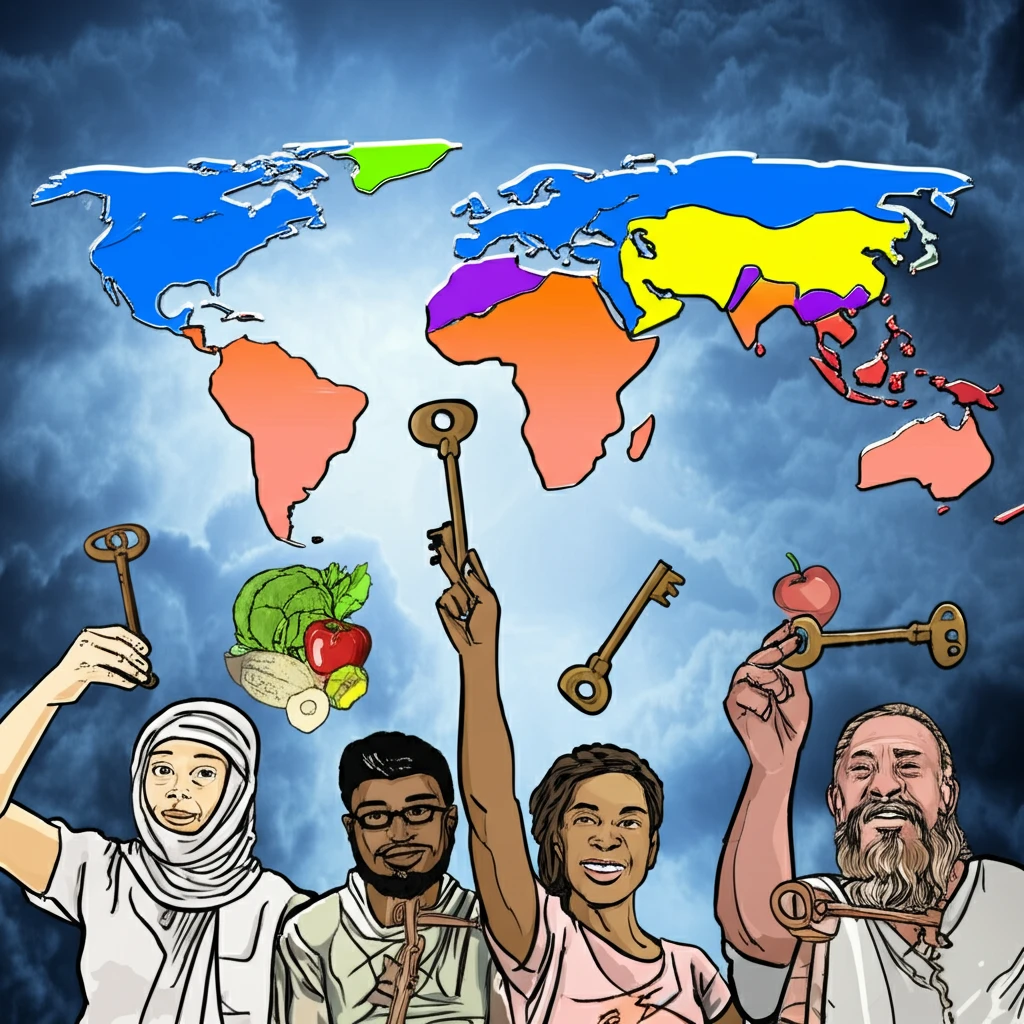
Is the World's Food Supply Enough for a Healthy Diet? New Analysis Reveals Shortfalls and Differences.
"A global study reveals that most people still lack access to sufficient quantities of all food groups needed for a healthy life, highlighting the need for complementary investments to increase access to under-consumed food groups, especially in low-income countries."
In an era where food security is a growing concern, ensuring access to nutritious diets remains a significant challenge. A recent global analysis sheds light on the persistent shortfalls and regional disparities in the availability of foods needed for health. This study traces historical and projected changes in global food systems toward alignment with the new Healthy Diet Basket (HDB), used by UN agencies and the World Bank to monitor the cost and affordability of healthy diets worldwide.
The research underscores that the majority of people around the world still lack access to sufficient quantities of all food groups necessary for an active and healthy life. By using the HDB as a standard to measure the adequacy of national, regional, and global supply-demand balances, the study identifies substantial but inconsistent progress toward closer alignment with dietary guidelines. The analysis also points out large global shortfalls in the availability of fruits, vegetables, and legumes, nuts, and seeds, coupled with significant disparities among regions in the use of animal source foods.
Moreover, the study projects that additional investments aimed at reducing chronic hunger would only modestly accelerate improvements in adequacy, particularly in regions where shortfalls are greatest. This reveals a critical need for complementary investments to increase access to under-consumed food groups, especially in low-income countries. The findings call for a re-evaluation of current food system strategies to ensure that nutritious foods are accessible to all, regardless of their geographical location or economic status. This is especially pertinent as climate change and socioeconomic pressures continue to impact food availability and affordability.
What are the Key Findings on Food Availability and Dietary Gaps?

The global analysis has revealed several key insights into the state of food availability and dietary adequacy. Here's a breakdown of the most important findings:
- Starchy Staples: Global supplies rose above the target for a balanced diet in the 1960s and 1970s but have not increased since the mid-1980s.
- Animal Source Foods: The HDB amount was reached in the 1970s, and the supply has continued to rise, exceeding the target amount.
- Oils and Fats: The supply has continued to rise beyond the HDB target, which was reached in the early 2000s.
- Fruits and Vegetables: Supplies saw little or no increase in the 1960s and 1970s but have grown sharply since then, especially for vegetables.
- Legumes, Nuts, and Seeds: Supplies actually declined through the 1960s and 1970s before stabilizing in the 1980s and 1990s and rising slowly since the 2000s.
The Path Forward: Ensuring Nutritious Diets for All
Addressing the global food supply challenges requires a multifaceted approach that combines increased agricultural investments with policy changes and targeted interventions. The focus must shift towards promoting the availability and accessibility of nutrient-rich foods, especially in regions where dietary gaps are most pronounced. By prioritizing sustainable agriculture practices, reducing food waste, and empowering local communities, we can pave the way for a more equitable and resilient food system. Ultimately, ensuring that everyone has access to a healthy diet is not just a matter of public health but a fundamental step towards achieving global sustainable development goals.
